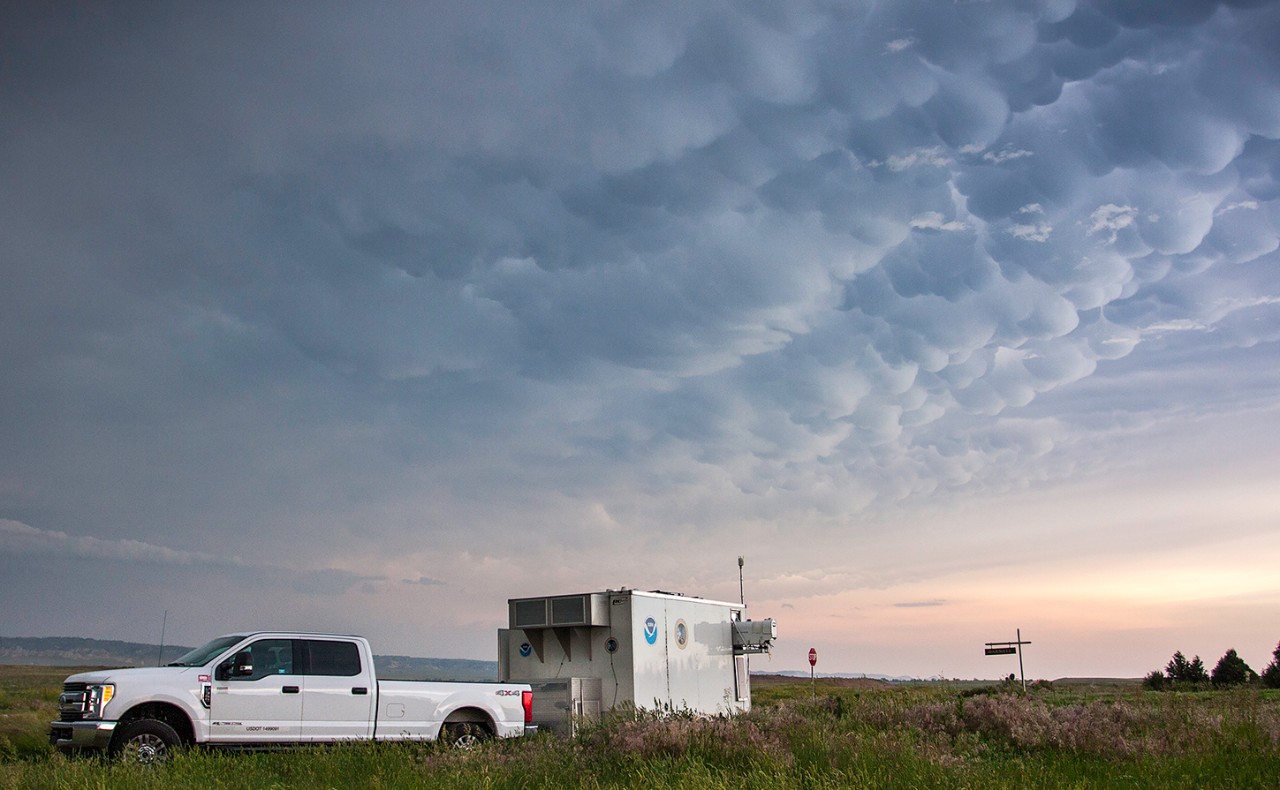New OU Research Could Inform Understanding of Storm Formation
NORMAN, OKLA. – A study led by researchers from the University of Oklahoma aims to improve scientists’ understanding of how storms develop in densely populated coastal regions.
Petra Klein, professor in the School of Meteorology and executive associate dean in the College of Atmospheric and Geographic Sciences, leads the project team that includes scientists from the University of Wisconsin and two National Oceanic and Atmospheric Administration laboratories located in Norman, Oklahoma, and Boulder, Colorado.
“As part of the Coastal Urban Boundary-layer Interactions with Convection proposal, we will collect comprehensive datasets documenting the environment in the lowest layer of the atmosphere, or the boundary layer, where clouds initiate, grow and decay,” Klein said. “Three unique profiling systems will be deployed and continuously operated for four months in the larger Houston area. We hypothesize that the interactions between sea-breezes and urban wind circulations affect the transport and mixing of aerosols (tiny particles that contribute to cloud formation) in the boundary layer.”
Klein adds that the resulting knowledge gained from the CUBIC project will provide critical insight into the processes that lead to the development of storms in densely populated coastal regions.

Funded by the U.S. Department of Energy as one of 31 new projects in atmospheric sciences aimed at improving the power of Earth system models to predict weather and climate, this research dives deeply into the nuances of cloud formation.
“Atmospheric processes leading to cloud formation and precipitation are notoriously complex and difficult to model accurately,” said Chris Fall, director of the DOE’s Office of Science, in a news release. “These studies, which combine observation and modeling, will be important steps toward more precise and predictive models on both regional and global scales.”
Projects were chosen by competitive peer review under the DOE Funding Opportunity Announcement, under the Atmospheric System Research Program, sponsored by the Office of Biological and Environmental Research, within the department’s Office of Science.
Berrien Moore, dean of the College of Atmospheric and Geographic Sciences and the director of the National Weather Center, said, “we are so very proud of this major DOE award received by Professor Petra Klein and a team of NOAA and university scientists to explore linkages between our planet’s atmospheric boundary layer with convection processes. Understanding better such linkages is central to improving the power of Earth system models to predict weather and climate. As such, we will all benefit from the cutting-edge work of this exciting project.”
